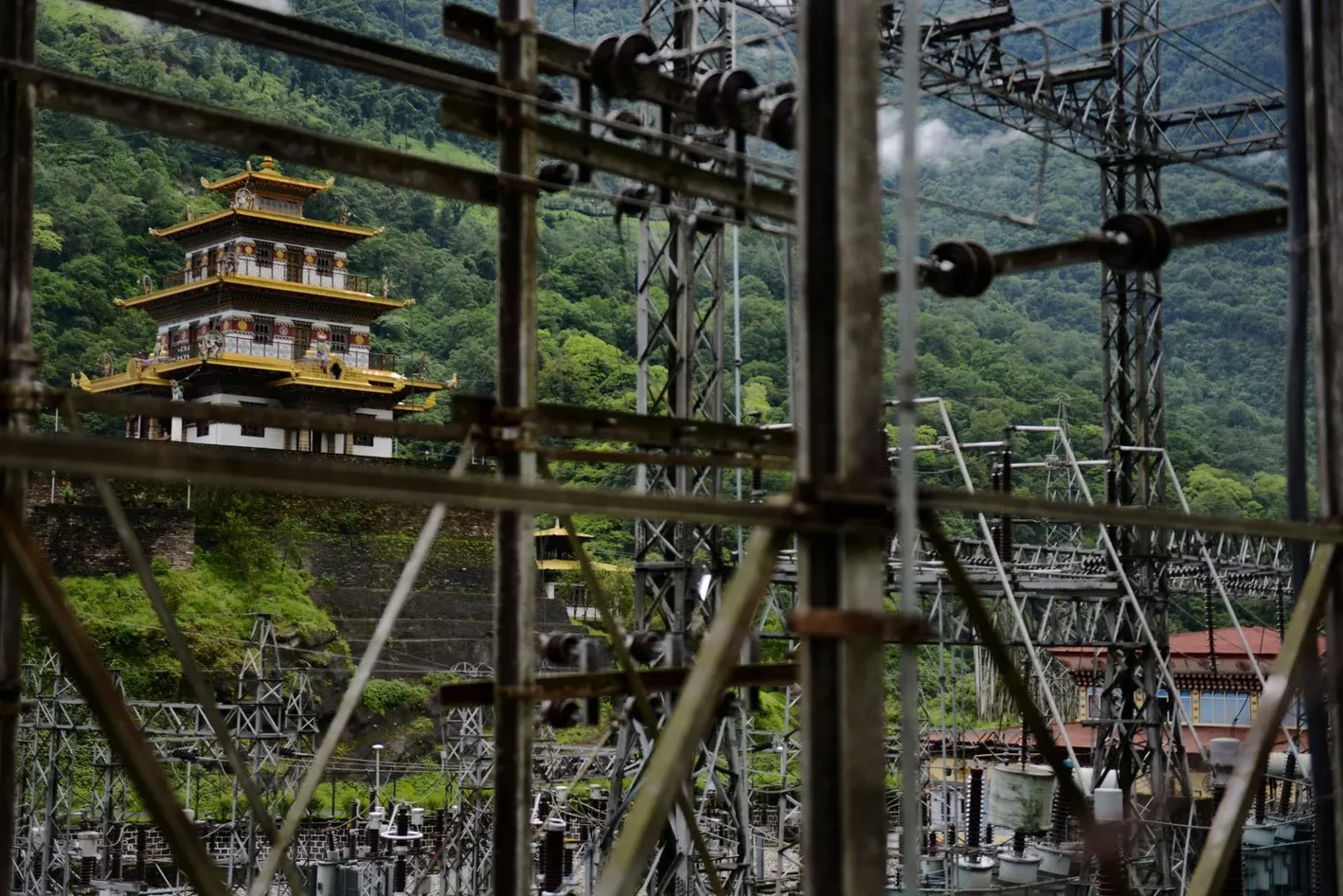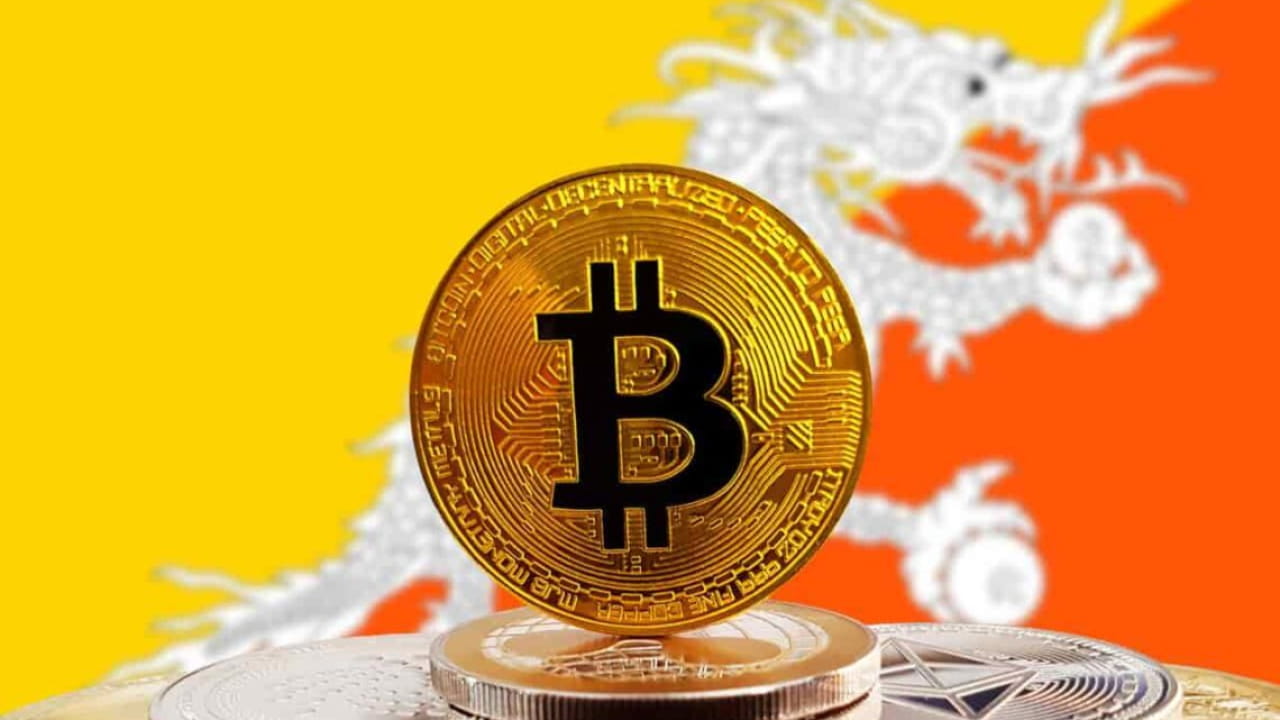Bhutan, renowned for its pristine scenery and Gross National. Happiness index is tucked away high in the eastern Himalayas. This small country, which has a population of just over 780,000, has quietly amassed one of the most remarkable government-held Bitcoin reserves in the world in recent years. Bhutan Bitcoin mining. It has done this by using its advantages in clean energy to mine hydropower for profit.
Druk Holding & Investments (DHI), Bhutan’s sovereign investor, started directing excess hydropower toward Bitcoin mining activities in 2019.
Bhutan has traditionally exported excess energy to India, as almost all of its electricity is produced by Himalayan rivers. Mining Bitcoin offered a high-value, adaptable substitute that not only cut down on energy consumption but also gave access to international digital asset markets.
By mid-2025, Bhutan is starting a large-scale expansion to increase mining operations from roughly 100 MW to a sweeping 600 MW in collaboration with Bitdeer Technologies, a company listed on the Nasdaq.
The approximately $500 million in funding for this project started to gain traction in the middle of 2023 and is anticipated to close soon.
Bitdeer offers one of the most affordable prices in the world, with prices as low as $20K per mined Bitcoin.
Bhutan is the fourth or fifth-largest sovereign nation in the world in terms of Bitcoin holdings, surpassing well-known holders like El Salvador, according to analysts like Arkham Intelligence and outlets like Forbes and FT.
The cryptocurrency profits in Bhutan go straight to public investment, in contrast to many mining operations that include private firms. According to reports, revenues have doubled civil servant pay, bolstered rural development, health, and education, and even funded innovative urban initiatives like the environmentally conscious Gelephu Mindfulness City, which incorporates Bitcoin into its official financial reserves.
Although these tokens are still minor in comparison to Bitcoin reserves, DHI also owns Ethereum, BNB, and Polygon.
The environmental impact of Bitcoin. Mining is frequently criticized. Bhutan’s strategy, which uses just electricity. And it is natural. Cooled by the Himalayas. Making it potentially the most ecologically friendly mining operation in the world.
Bhutan’s environmental credentials, as a carbon-negative country, increase the allure of this “green crypto.” Journalists and local stakeholders emphasize how this approach, which combines sustainability and economic diversification, aligns with Bhutan’s principles.
Bhutan’s risk is not insignificant. Significant obstacles are presented by Bitcoin. Unstable price. Cyclical halving occurrences (which reduce rewards by 50% about every four years) and variations in energy usage.
There are still concerns regarding the long-term impact on hydropower and uncertainty based on the direction of the Bitcoin market.
DHI remains confident, nevertheless. The purpose of the mining scale-up is to counteract revenue declines brought on by the halving. Ujjwal Deep Dahal, the CEO of DHI, has compared Bitcoin to a “battery,” preserving value during periods of prosperity and protecting against energy and economic shortages during the winter.
Hidden Bitcoin Experiment
 Bhutan has mostly escaped international and media attention. Through satellite analysis and bankruptcy court filings involving cryptocurrency lenders like BlockFi and Celsius, its BTC approach gradually came to light, turning a covert experiment into a well-known case study in intelligent sovereign asset management.
Bhutan has mostly escaped international and media attention. Through satellite analysis and bankruptcy court filings involving cryptocurrency lenders like BlockFi and Celsius, its BTC approach gradually came to light, turning a covert experiment into a well-known case study in intelligent sovereign asset management.
Hydropower Meets Bitcoin
Bhutan has changed from a remote Himalayan country. A kingdom that was formerly characterized by ecological priorities. And spiritual values to a leader in the field of digital assets. Bhutan has established a sustainable revenue stream that finances infrastructure and public services while maintaining ecological purity by directing clean hydropower into Bitcoin mining. It’s a strategic gamble that has already paid off. But as the global cryptocurrency market develops. Everyone is watching to see if this experiment can be replicated by other tiny countries.

 The current cautious estimate of Bhutan’s Bitcoin holdings ranges from $600 million to over $1 billion, or about 25–34% of its GDP (~$2.9–3 billion).
The current cautious estimate of Bhutan’s Bitcoin holdings ranges from $600 million to over $1 billion, or about 25–34% of its GDP (~$2.9–3 billion).

